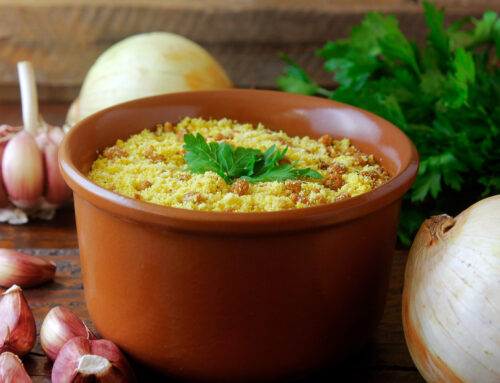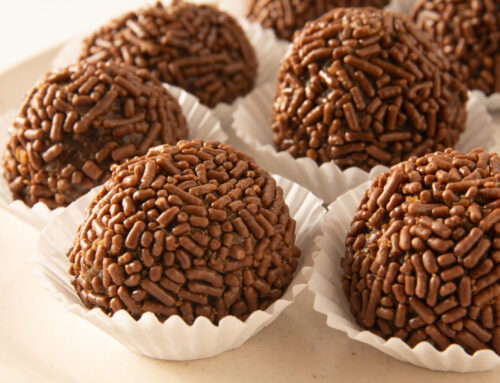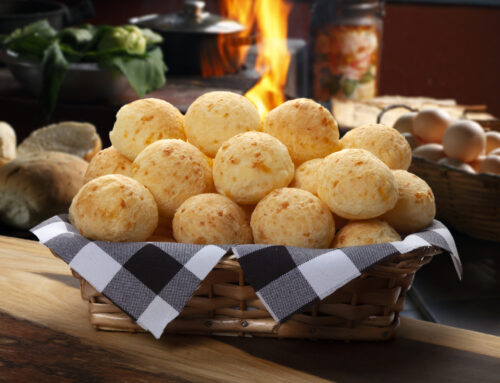Table of Contents
The Festas Juninas are one of Brazil’s most beloved celebrations, marked by dances, music, bonfires, and, of course, a rich variety of typical dishes that reflect the country’s cultural and culinary diversity. These festivals, which take place during the month of June, honor popular saints like São João, São Pedro, and Santo Antônio. Let’s explore some of the culinary delights associated with these celebrations and the regions from which they originate.
Pamonha and Curau
In the Northeast, the Junina cuisine is especially rich and varied. Pamonha and curau are two of the most emblematic dishes. Pamonha, made from green corn, coconut milk, and sugar, can be sweet or savory, often stuffed with cheese or meat. Curau, a type of corn pudding, is prepared with grated corn, milk, and sugar, and served sprinkled with cinnamon.
These dishes have their roots in indigenous culture, which used corn as a staple food. With the arrival of the Portuguese and Africans, new ingredients and preparation methods were incorporated, creating the delights we know today.
Corn Cake and Cornmeal Cake
Another highlight of the Northeast region is corn cake and cornmeal cake. Corn cake is prepared with green corn, coconut milk, and grated coconut, resulting in a moist and flavorful texture. Cornmeal cake is made with cornmeal, milk, eggs, and anise, giving it a unique and characteristic flavor.
These cakes are often served during the Festas Juninas and play an important role in the celebrations, often accompanied by good coffee or quentão.
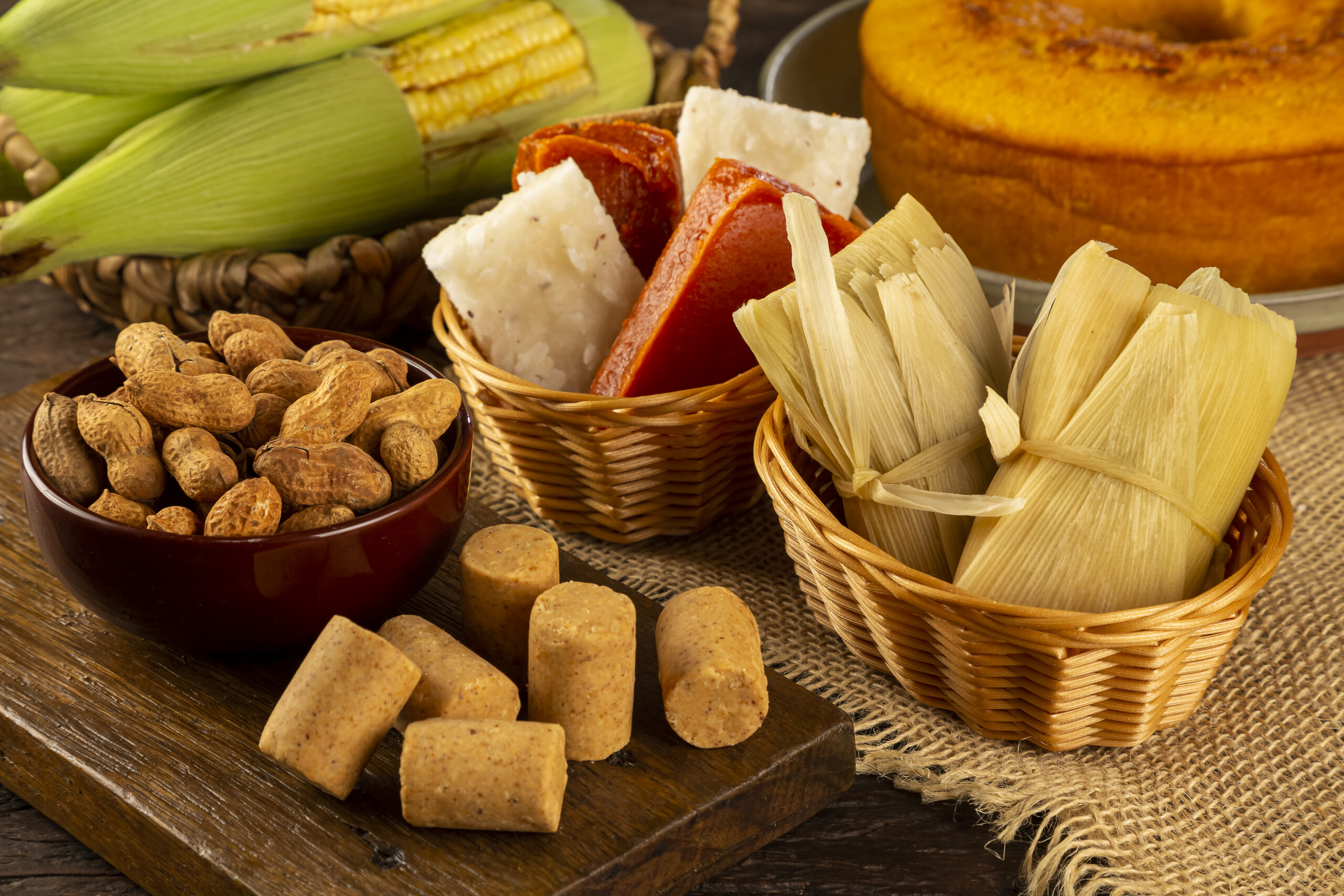
Canjica and Arroz Doce
In the Southeast, dishes like canjica and rice pudding are essential during the Festas Juninas. Canjica, made from white corn, coconut milk, condensed milk, and sugar, is cooked until creamy and usually served with cinnamon on top. Rice pudding, made with rice, milk, sugar, and cinnamon, is a simple yet extremely comforting dessert.
Both dishes have their origins in Portuguese cuisine, which has been adapted to local conditions and ingredients over the years.
Pinhão
Pinhão, the seed of the araucaria tree, is widely consumed during the Festas Juninas in the Southeast and South of Brazil. Cooked in water and salt, it is a nutritious and tasty snack. Pinhão has great cultural and economic importance for the indigenous peoples and, later, for the colonizers.
Quentão
Quentão is a typical drink of the Festas Juninas in the South of Brazil, made with cachaça, ginger, sugar, cinnamon, and cloves. In some versions, orange and lemon peel are added for extra flavor. This hot drink is perfect for the cold days of June in the South of Brazil.

Cuscuz
Cuscuz, present in various regional variations throughout Brazil, is an essential dish during the Festas Juninas, especially in the Southeast and Northeast. In the South and Southeast, the cuscuz paulista stands out, a colorful and tasty delicacy made from cornmeal, sardines, eggs, peas, hearts of palm, and various seasonings, resulting in a firm texture and vibrant appearance. This cuscuz has roots in Portuguese cuisine, which has been adapted to local ingredients. In the Northeast, cuscuz is made from corn flakes, usually served with butter, milk, or accompanied by meats and cheeses, being a constant presence on the tables of northeastern families, especially during the Festas Juninas. Each bite of this dish reveals the cultural and gastronomic diversity of Brazil, providing a rich and comforting experience.
Paçoca
Paçoca is a traditional sweet of the Festas Juninas that has its origins in the interior of Brazil, especially in the Southeast and Midwest regions. Made from roasted peanuts, sugar, and manioc or corn flour, paçoca is known for its crumbly texture and unmistakable flavor. Its preparation is simple but requires skill to get the right consistency. Paçoca has indigenous roots, as natives already used peanuts in their recipes. Over time, the recipe was adapted and won the hearts of Brazilians, becoming one of the most popular sweets at the Festas Juninas.
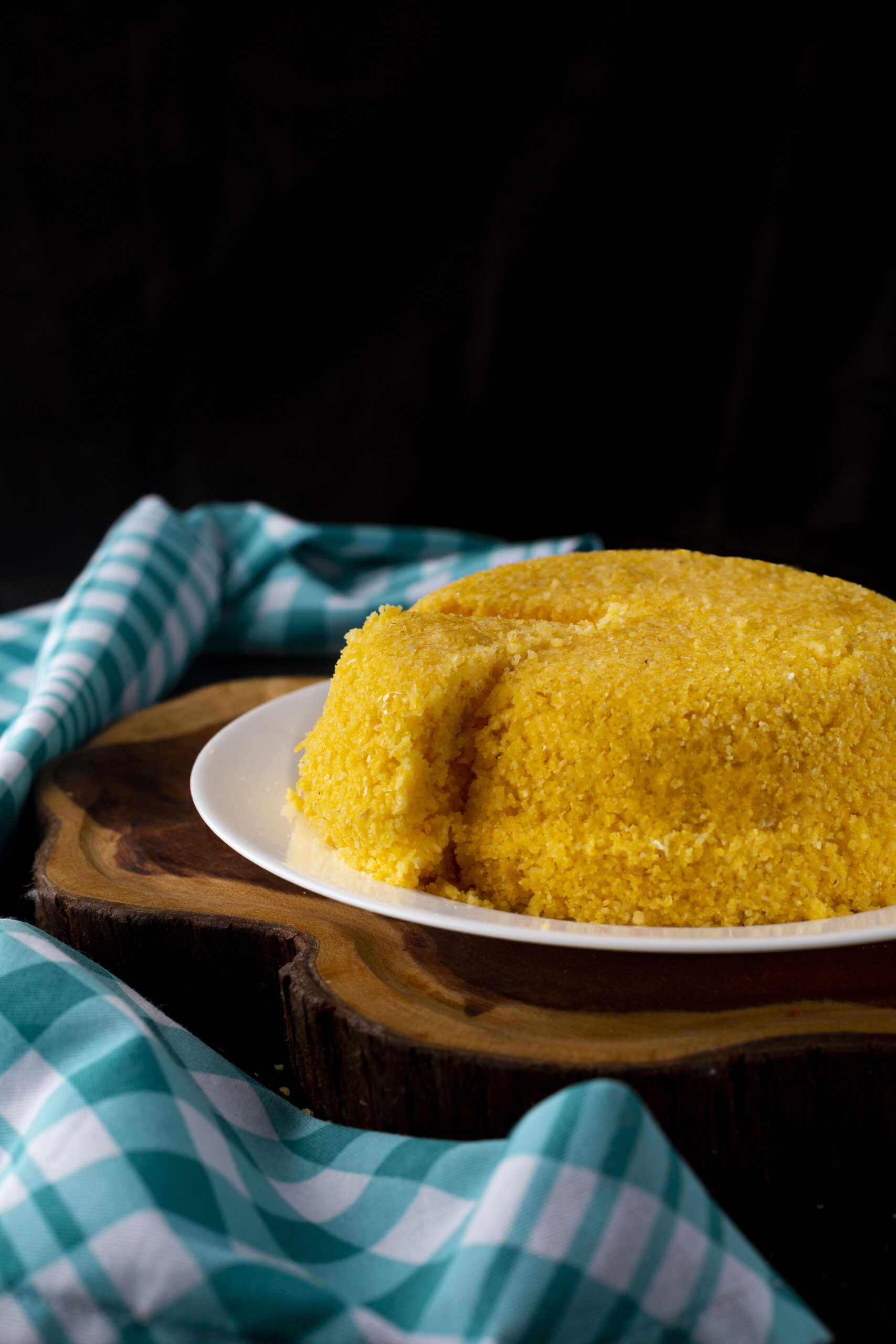
Pé de Moleque
Pé de moleque is another indispensable sweet at the Festas Juninas, famous for its crunchiness and caramelized flavor. Originating from the cuisine of Minas Gerais, this sweet is made with roasted peanuts and sugar, which are cooked together to form a type of caramel. There are variations that include rapadura or condensed milk, making it even more delicious. The name “pé de moleque” has an interesting story: it is said that in the past, boys (moleques) would step on the sweet’s dough to help with its preparation. Today, pé de moleque is appreciated throughout Brazil and is one of the stars of the Festas Juninas.
Pé de Moça
Pé de moça is a softer and creamier variation of pé de moleque, which has also gained many fans at the Festas Juninas. This version of the sweet is made with peanuts, condensed milk, sugar, and sometimes a touch of chocolate. The result is a sweet that combines the crunchiness of peanuts with a creamy and delicious texture. Pé de moça is relatively new compared to other traditional sweets but quickly gained popularity due to its irresistible flavor and perfect combination of ingredients. It is a perfect option for those who prefer a softer sweet but do not want to give up the characteristic peanut flavor.
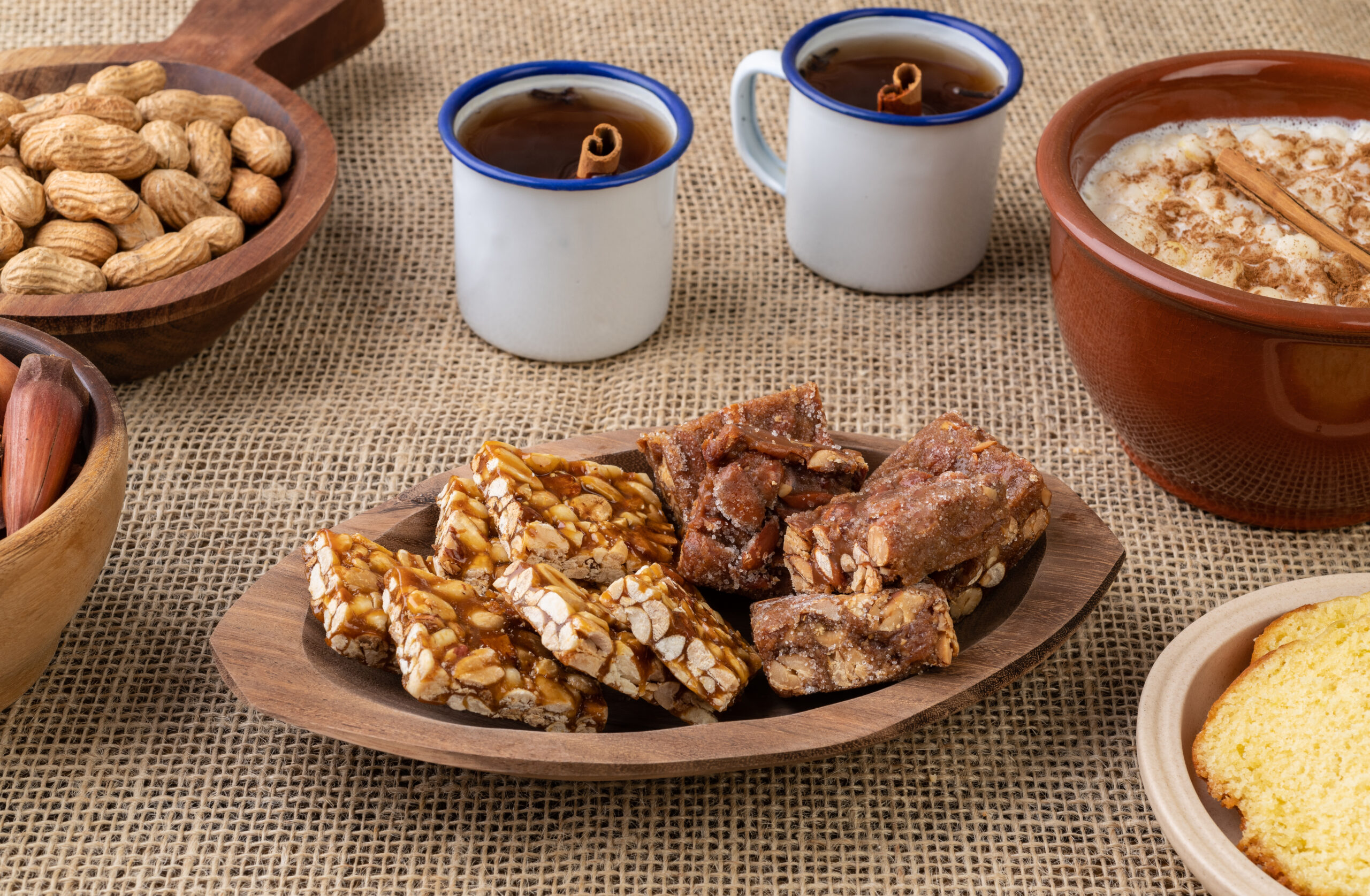
Conclusion
The Festas Juninas in Brazil are a true reflection of the country’s cultural mixing. Many of the typical dishes have indigenous roots, such as pamonha and canjica, while others, like quentão and rice pudding, have Portuguese influences. African contribution is also significant, especially in the use of ingredients such as coconut milk and cinnamon.
The Festas Juninas are more than just a celebration of popular saints; they are a celebration of Brazilian culture and cuisine. Each region of the country contributes its unique flavors, creating a rich and diverse gastronomic experience. Participating in a Festa Junina is to immerse oneself in the history and traditions of a people who know how to celebrate life with joy, music, and, of course, lots of good food. So, put on your caipira costume, warm up the quentão, and come celebrate the Festas Juninas with us!

